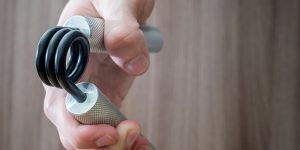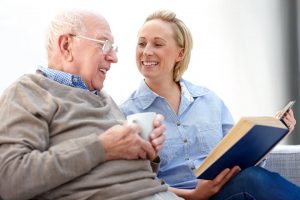Guest Blog: Four Portable Exercise Tools to Take on Your Next Trip
Are you always on the go?
Whether you’re visiting grandchildren or traveling for work, it can be difficult to fit workouts in while traveling, especially if you’re staying in hotels that have limited or no exercise equipment available.
That being said, there’s no excuse not to exercise while traveling.
These four portable exercise tools are lightweight and easy to pack. Take them with you and squeeze in a workout no matter where you’re staying.
1. Resistance Bands
Resistance bands are great for fitting in strength training workouts. Use them in your hotel room or take them outside.
The best way to use resistance bands is to set up a full-body circuit to keep your heart rate elevated as you work a variety of muscle groups. Focus on compound movements like squats, rows, and overhead presses to get the most bang for your buck.
2. Yoga Mat
Sitting on a plane or in a car really takes a toll on your muscles and joints.
To counteract the stiffness that often comes with traveling, bring a yoga mat with you and do some stretches every day.
Want to stretch but don’t know where to start? Try focusing on your legs or lower back first. They typically take a beating during long trips.
If you’re really lost, you can always find yoga or stretching tutorials online, too.
3. Ab Wheel
An ab wheel obviously works your core, but it also can tone your arms, chest, and shoulders at the same time.
Ab wheels take up very little space in a suitcase, and they’re easy to use even in the smallest of hotel rooms. Give one a try during your next trip!
4. Hand Exercise Tool
If you want a truly balanced physique, don’t neglect your hands and forearms! Training these small muscles also improves your overall strength, and they can also help relieve pain stiffness caused by arthritis or carpal tunnel syndrome.
Tools like exercise putty and grip trainers are small and lightweight, and they can help you sneak in your workouts anytime, anywhere. You can even use them while you’re on a plane or in a taxi!
Frequent travel isn’t an excuse to slack on your workouts. Just get creative. Pick up one (or more) of these exercise tools today to easily fit in a sweat session no matter where you are.



